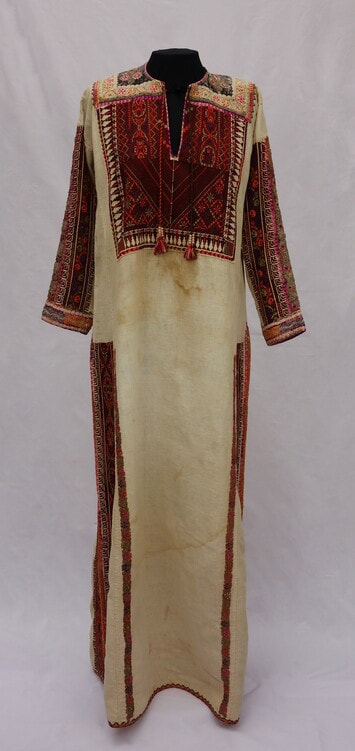|
Artwork has different meanings for different people. Often, people say "art" to discuss paintings, drawings, photography, and sculpture, but art encompasses so many additional things. Art can take the form of folded paper, collages, poems, song, embroidery, weaving, crochet/knitting, film, cooking, and more. Origami (generally attributed to Japanese culture, though other cultures also have similar work) is a paper-folding art. In origami, a piece of paper is folded to create fantastic shapes, including cranes, frogs, elephants, and the childhood favourite paper airplane. (The shapes that are created can be symbolic, a crane may signify healing, or not. Regardless, this artform can be used to create pretty much anything you want. And like the crochet used in the first sample on the project updates page the creations can be used to tell stories, such as why someone uses the public library. Embroidery is an ancient art used all over the world to decorate textiles. From clothing to blankets to towels, embroidery has been used to both enhance the beauty of objects and express messages about the owner/wearer. Embroidery can communicate background and social status and in some cultures, such as Palestinian tradition, is passed down from mother to daughter as an important life skill (see picture of embroidered Palestinian dress). Special embroidered garments are used for weddings (see picture of embroidered Yemenite dress), while embroidered badges were once used in China to indicate civil rank (see Chinese badge). Embroidery is versatile. The stitching can create images that depict a story, or the types of stitches may indicate the background of the creator/wearer (this can go so far as to depict an individual's feelings on a certain day). And the stitches could be another way to show why someone uses the public library.
Origami and embroidery are just two types of artwork - if I went into all of them, I would never stop writing and you would never stop reading - but they may not be what comes to mind when we hear the word "art". The exhibition being created accepts all types of artwork, including those arts that are not always the first thing that we think of when we hear the word. Do you fold paper? Embroider? Create collages? Use blocks and/or found objects for miniature architecture? Write poems? Re-create sea shanties? Whatever your medium, this exhibition is for you. Complete the prompt below in whatever form of art you desire. Doodle, take a photograph, create a picture collage, sew a quilt: the possibilities are endless! I hope to see your creations soon. Create a piece of art that represents why you use the public library. If the ways you use the public library have changed since you came to the UK, please also create a piece of art that represents why the ways you use the public library have changed. You can submit as many pieces of artwork as you like. This project is working with refugees and asylum seekers in the UK who are at least 18 years of age. References: History of Origami: https://origami.ousaan.com/library/historye.html Origami Frog: https://origami.guide/origami-animals/origami-frogs/origami-jumping-frog/ Origami Crane: https://origami.guide/origami-animals/origami-birds/traditional-origami-crane/ Origami Elephant: Wikimedia picture of origami elephant Paper Airplane: Public domain pictures paper airplane Embroidered towels: TRC Collection Tradition of Embroidery in Palestine: https://www.tatreezandtea.com/tatreez-and-tea Palestinian dress: TRC Collection Yemenite dress: TRC Collection Chinese rank badge: TRC Collection
0 Comments
|
AuthorRachel Salzano is a PhD student at Edinburgh Napier University. In her spare time she enjoys crocheting, drawing, reading, and collecting public library memberships. She hopes that her research will help bring together public library providers and their communities to enhance public library service provision. Archives
June 2022
Categories |








 RSS Feed
RSS Feed
